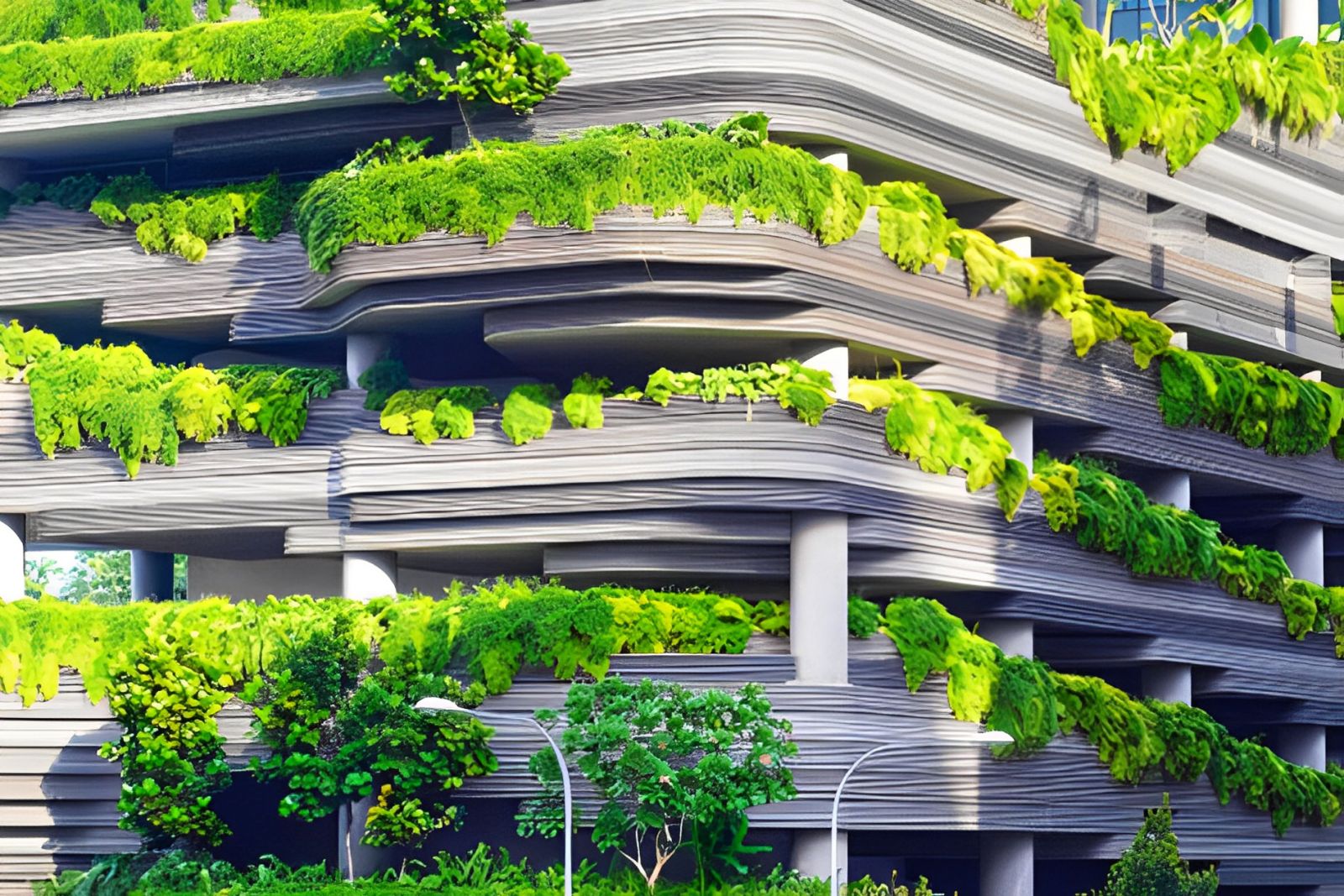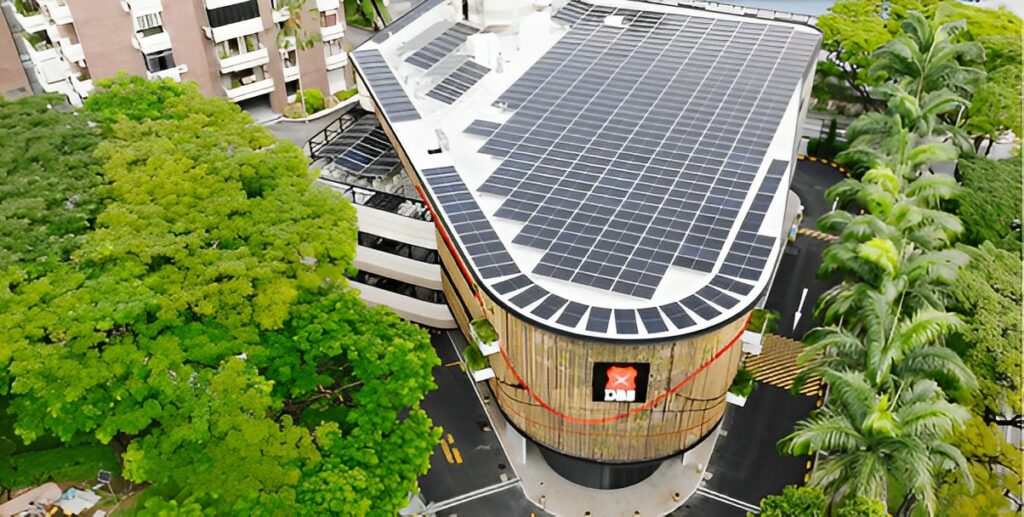
What is Green Building? Understanding the Definition and Features of Green Buildings
Green buildings, also known as eco-friendly buildings, are structures that emphasize energy efficiency, ecology, and health, while minimizing energy and resource consumption throughout their lifecycle. These buildings aim to be sustainable, providing comfort and health benefits. Whether it's a commercial building or a residential house, as long as these conditions are met, it can be called a 'green building.' Common characteristics include good lighting and ventilation, energy conservation, water saving, and green exterior features.
How to Build a Green Building? Understanding Architectural Design Techniques
Many people want to create green buildings but don’t know where to start. Simply by understanding the goals of a green building and then thinking, 'How can we achieve these?' you can build your ideal eco-friendly structure!
Goal 1: Reduce Interior Materials & Use Low-Carbon, Green Construction Materials
Avoid designing interiors with extravagant, wasteful styles to reduce unnecessary consumption. Use recycled materials in construction instead of purchasing new ones, thus minimizing resource use. This approach is both environmentally friendly and economical, and the resulting style aligns with the recent trend of minimalism.
Goal 2: Reduce Water Waste
Design the building to include large rainwater collection tanks and basic filtration systems, so rainwater can be treated and reused (e.g., for flushing toilets or watering plants). Additionally, installing dual-flush toilets can save even more water.
Goal 3: Energy Conservation and Carbon Reduction
One of Taiwan's major energy challenges in recent years is excessive electricity consumption, especially during summer when demand peaks. How can we improve buildings to conserve energy? Here are three strategies for reducing power usage:
Understanding Green Building Certification and the Nine Indicators
Many countries have their own green building assessment systems, with two well-known examples being the U.S. Green Building Certification and Taiwan's Nine Indicators of Green Buildings.
U.S. Green Building Certification Standard
In 1998, the U.S. Green Building Council released the LEED (Leadership in Energy & Environmental Design) certification standard. LEED classifies green buildings into four certification levels: Certified, Silver, Gold, and Platinum. The evaluation covers five categories:
• Sustainable site development
• Water efficiency
• Energy and atmosphere
• Materials and resources
• Indoor environmental quality
Taiwan's Nine Indicators of Green Buildings
Taiwan categorizes green buildings into five levels: Certified, Bronze, Silver, Gold, and Diamond. These classifications are based on four major categories—ecology, energy saving, waste reduction, and health—further subdivided into nine indicators used as evaluation criteria.
| Biodiversity Indicator | Includes diversity of biological systems, species, and genes. | Ecology |
| Green Coverage Indicator | Greening of building open spaces, roofs, balconies, and building facades. | |
| Water Retention Indicator | Use land to conserve water and maintain ecological water cycles. | |
| Daily Energy Saving Indicator | Reduce building energy consumption. | Energy Saving |
| CO2 Reduction Indicator | Reduce CO2 emissions from the construction industry. | Waste Reduction |
| Waste Reduction Indicator | Reduce waste produced by the construction industry. | |
| Indoor Environment Indicator | Assess ventilation, soundproofing, lighting, interior design, and indoor air quality. | Health |
| Water Resource Indicator | Reduce and recycle water used by the building. | |
| Sewage and Garbage Improvement Indicator | Control the sewage and garbage output of the building. |

Case Study: DBS Bank's "Platinum Zero-Energy" Building in Singapore
This summer, DBS Bank successfully transformed a 30-year-old building in the city center into Singapore's 19th "Green Mark Platinum Zero-Energy" building. Solar panels now cover the entire 1,000-square-meter rooftop, and the building utilizes natural ventilation, smart systems, green facilities, and plantings. The building operates entirely on renewable energy. The natural plants also create a habitat for bird species, helping to cool the building and reduce the need for air conditioning. Singapore continues to make breakthroughs in architecture, moving towards a goal of achieving "zero carbon buildings."
B-Studio: Creating Green Buildings Inspired by Nature
With over ten years of experience in the industry, B-Studio provides comprehensive space planning services, from building exteriors to interior design. Every project B-Studio undertakes is designed with the future in mind, adhering to the philosophy of building in harmony with nature. They focus on the impact each structure has on the ecological environment and strive towards the goal of creating sustainable environments. If you have any needs for green building renovations or construction, feel free to contact us, and we will provide you with related services as soon as possible!
Article source:與環境共存的綠建築!什麼是綠建築?認識綠建築的特色、指標與案例 (b-studio.com.tw)
